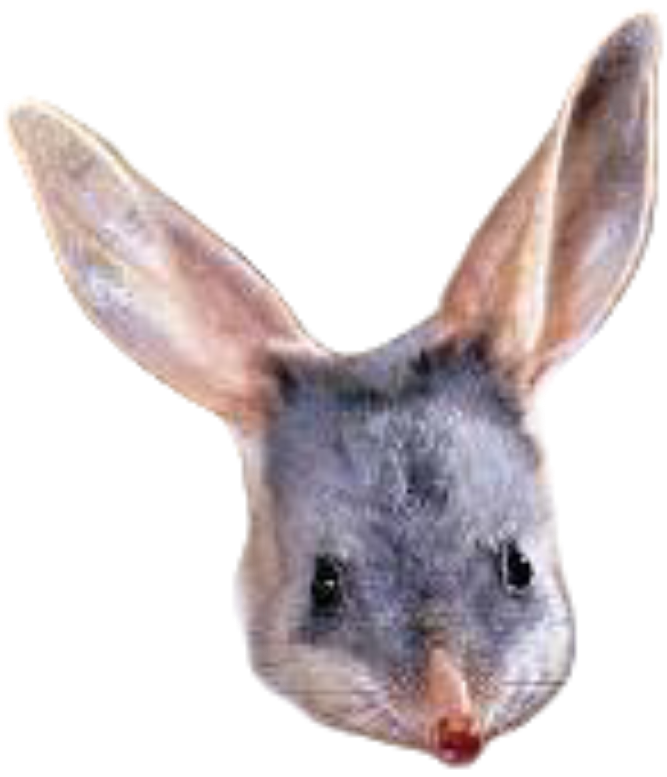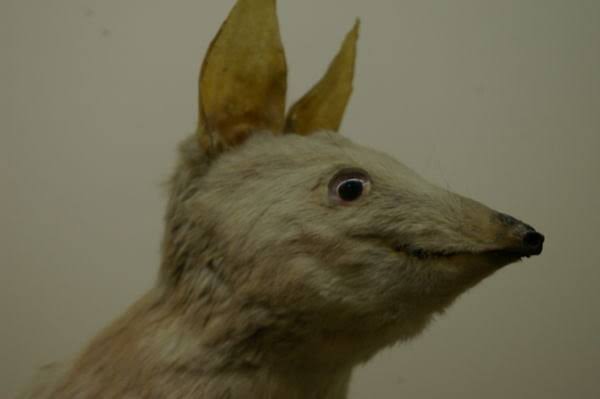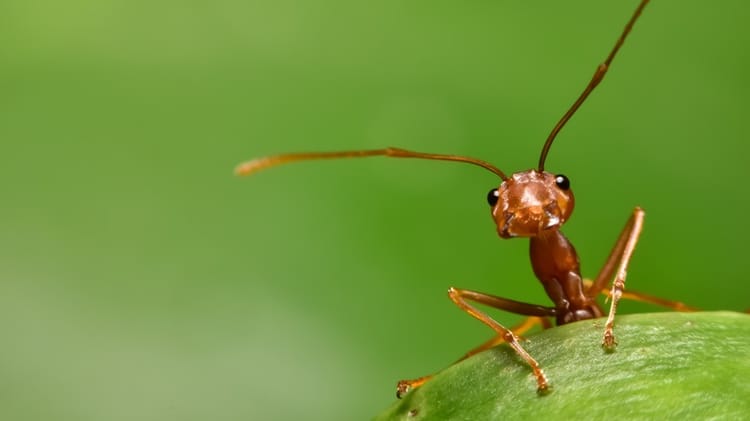Greater Bilbies


When people think of Australia, they are accustomed to imagining it as a rich source of land, opportunity, and many, many animals. This is quite true and this is also quite wrong. Australia is the second largest for numbers of animals in the world but there is another shocking fact: it is a global leader when it comes to endangered and extinct animals. Every year, the number of species is deteriorating. One of these specific species is identified as Greater Bilbies.
Greater Bilbies - or just simply known as bilbies - live in the hot terrain: deserts. The deserts in which the Greater Bilbies live are classified as arid and so little rain comes down, it is literally barren; desert. Around 4,230 people inhabit the Central Australian Desert in which some Greater Bilbies live while the others inhabit another inhospitable desert: The Western Australian Deserts. The bilbies are also restricted in number in the Great Sandy, Gibson and Tanami Deserts. These bilbies are known to burrow in Mitchell grass plains, rocky soils with little ground cover, and Acacia shrublands. Despite these clever hiding spots, bilbies are an especially endangered animal.
The Greater Bilbies are dwindling in population and there are less than 10, 000 reported living in the wild. They are not extinct but the clearing of land for profit, and predators, such as cats and foxes led to their declaration as a vulnerable species. Nevertheless, they can be deemed luckier than their relatives. Their close cousins, the Lesser Bilby, went extinct in the 1950s. These Greater Bilbies use their forelimbs to dig tunnels for protection against the heat and many predators. It is known that one bilby claims up to 12 tunnels due to the fact they dig a new hole every few weeks. The other tunnels are often used by other native animals.
Everything that survives in the desert is adapted to the harsh conditions. Some examples are fat storage for energy (especially in humps) and large ears for hearing. Though bilbies are not well-known for being pack animals, they sometimes live in small groups which allows them to co-operate effectively. Bilbies have an acute sense of smell and hearing which allows them to dig for cover when they hear a nearby enemy. In fact, they adapt so well to the desert they never need to drink. Small amounts of food like insects and plants will do as they give off sufficient amounts of moisture.
Greater bilbies are undoubtedly the most adapted species to the desert. Nevertheless, they are an endangered species. Helping, too, is not as easy as it sounds. Only 20% of its breeding land is left compared to the 70% of land acquired in the first place. However, residents around Australia are trying to stop extinction by breeding bilbies in captivity, building predator proof fences, and raising money. This has proved to be effective as now, in protected areas, the population of bilbies is gradually climbing. Write to me quickly if you see a bilby. Do not leave me grieving.






Member discussion